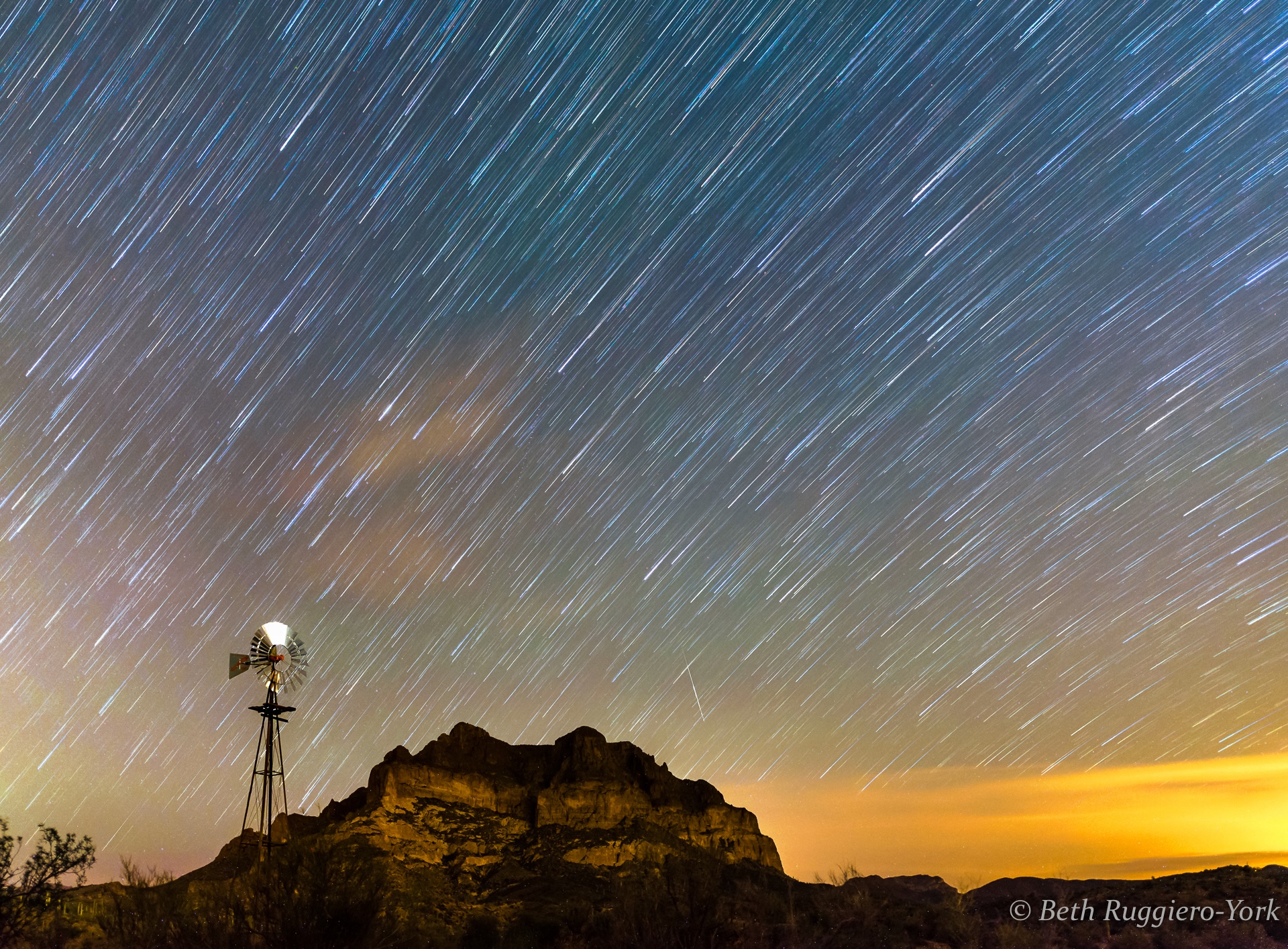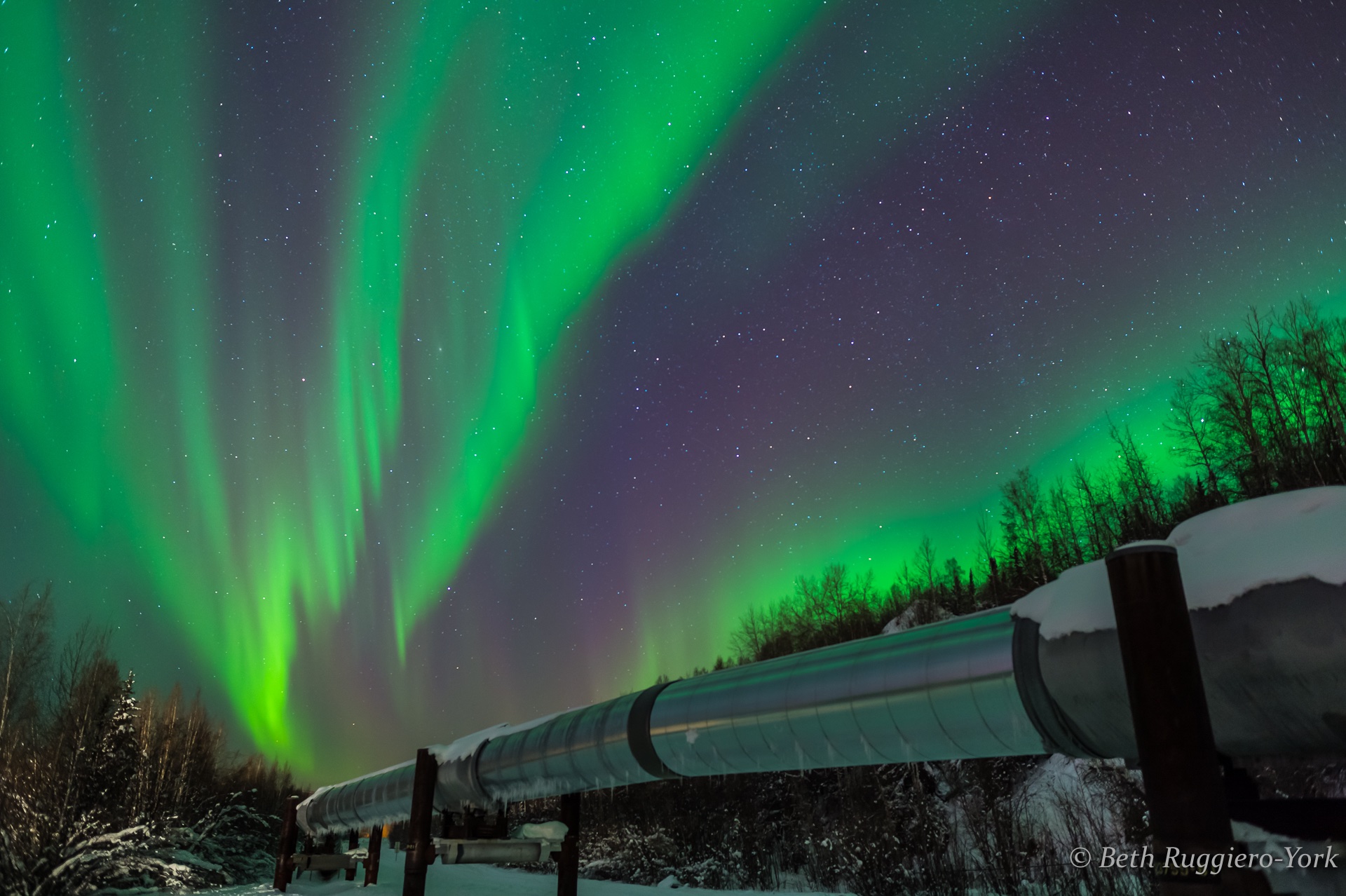
Long Exposure Noise Reduction (LENR) is an important function available on most DSLRs and mirrorless camera bodies, which can be turned on or off as desired. During a long exposure, unacceptable noise may result because the sensor gets warm after several seconds. This warming effect produces what is called ‘amp noise’, which results in fog-like brightening around the edges of the frame as well as bright spots with various colors in the image (chroma, or color, noise). Amp noise occurs more on hotter sections of the sensor than on cooler sections.
After taking an image with LENR turned on, the camera will then take a duplicate image, called a ‘dark frame’. The dark frame is an image with the same settings as the original image, but it is taken as though the lens cap is on. When the dark frame is complete, the camera then compares it with the original frame and then subtracts the noise found in the dark frame from the original frame, thereby reducing the long exposure noise. This is a very effective way of reducing one major type of noise and making your images more usable.
There is a catch, though. For most cameras, LENR doubles the time required to create the image because your camera is unusable because it is ‘shooting’ the dark frame. It should be noted that there are some camera models that can still be used to take images while the dark frame is being taken, such as some Canon models. However, all Nikon models require doubling of the time needed for each exposure.
So when do you use LENR? Only when you can afford to double your exposure time. For example, if you are shooting on a moonless night when conditions are not changing, you can afford to double your exposure time. But if you are shooting star trails as multiple images for stacking in post-processing, you definitely cannot afford to double your exposure time because large gaps will result. If you are photographing a scene that involves a rapidly changing sky or rapidly changing lighting conditions, such as aurora borealis or a full moon rising, you generally cannot afford to double your exposure time.
It’s just a question of common sense. Ask yourself if you are willing to forfeit the seconds or minutes needed for the dark frame.

By Beth Ruggiero-York










